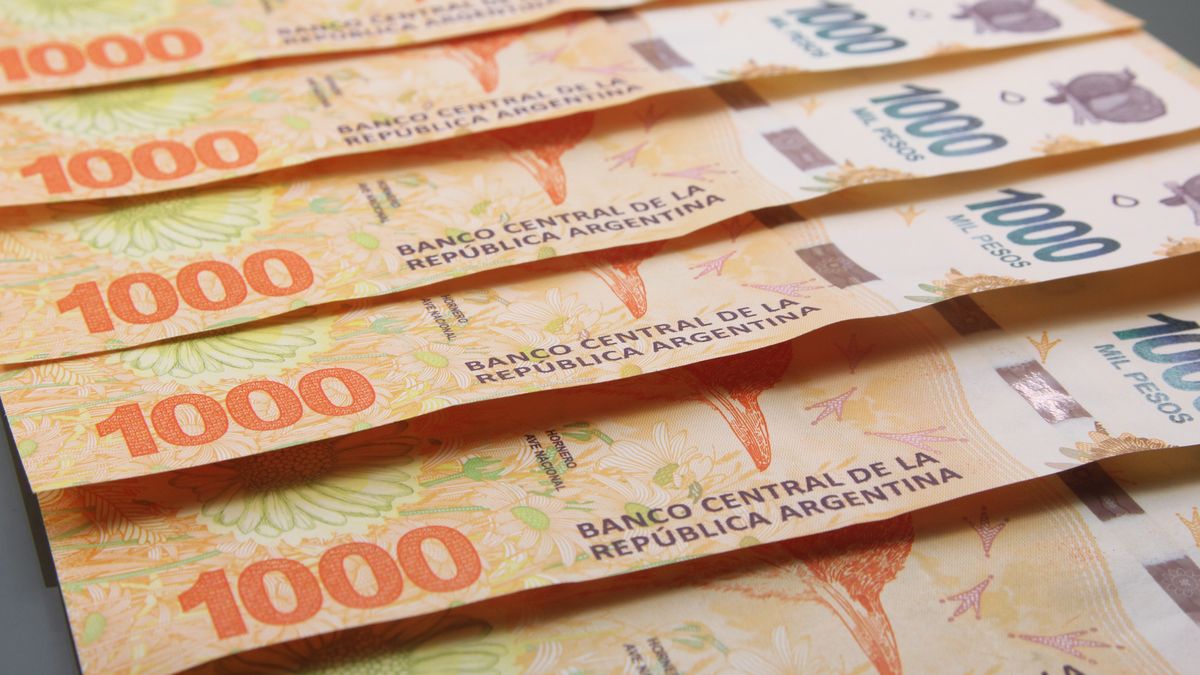In the midst of the upward trend in financial dollars, an official exchange rate jump of 22%, and inflation that seeks to reset to a new ceiling, the Central Bank of the Argentine Republic (BCRA) increased the rate paid by retail fixed terms of up to $30 million at an annual nominal 118%, which implies an effective monthly rate (TEM) of 9.7%. However, analysts and investors look at the inflation projections for August and September and pay attention to the UVA fixed term.
“The issue of the UVA fixed term is liquidity, but with this level of transfer to prices due to devaluation, whether traditional or tax, it covers you less than a traditional fixed term, whose rate continues to be negative versus expected inflation,” he comments to this diary Gabriel Caamano, economist at Consulting Ledesma. It should be remembered that this type of instrument is one that is adjusted for inflation plus 1% per year.
However, they mark a clear difficulty that has to do with the minimum period of time that must be kept in place, which is 90 days. There are pre-cancellable options, for 30 days, but in this case the adjustment is not due to inflation, but at a lower rate than that of the traditional fixed term.
From Economy they recognize that the inflation number for August will be bad, although it could later be stabilized. However, they do not estimate a two-digit CPI, as a good number of consultancies do. For LCG, it could be between 12% and 15%. In turn, Econometrics estimates 11%, a vision they share with Ferreres and Eco Go. Meanwhile, Equilibra marks between 11% and 12%. From Romano Group, they maintain a more moderate look and mention 10%, while C&T keeps the projections, but mentions the possibility of double digits.
After the return of Minister Sergio Massa from his time in Washington to receive the IMF disbursement of US$7.5 billion and formalize terms and conditions, the volume and capacity of intervention in the financial market to stabilize the gap will be known and, therefore, therefore, reduce its impact on prices. Yesterday, Massa pointed out that the firepower will be multiplied by five.
For Claudio Caprarulo, director of Analytica, “the UVA fixed term is better because it allows us to cover the jump in inflation that is projected for August and September”, although the immobilization of savings for at least 30 days “becomes complex in a context of great uncertainty ”. For this reason, he recommends “investing in mutual funds tied to inflation.”
Asked about the feasibility of generating a macroeconomic plan that helps stabilize inflation, regardless of price agreements, he replied: “Since the beginning of the year, as a result of the drought and electoral time, the probability that the Government would implement an anti-inflation plan was ruled out. Among other things, because to lower inflation you need dollars. That did not change, on the contrary, it became even more complicated after the devaluation of the official dollar and the acceleration of the parallels”.
Alexander Bianchi, CEO of Asesor de Inversiones, also favors diversification through a mutual fund. “The most convenient is the portfolio with UVA fixed terms and a fixed rate. One has the advantage of being able to withdraw or get out of that money market at t=0, at any time. It is a good time to take advantage of the rates, because when the elections arrive again, we will surely have another discretionary jump”, predicts the analyst.
At the moment, the figures of the financial system denote a drop in the choice of the UVA fixed term. The private sector stock fell $1,573 million (1.2%) last week, while early cancellation placements fell 1.7%, or $2,494 million. In this sense, Bianchi also recalls that the 30-day effective annual rate of the traditional fixed term is around 208.4%, compared to an inflation forecast by the BCRA Survey of Market Expectations (REM) of 160% for the next twelve months.
Source: Ambito




